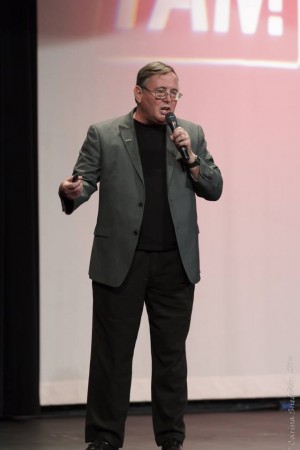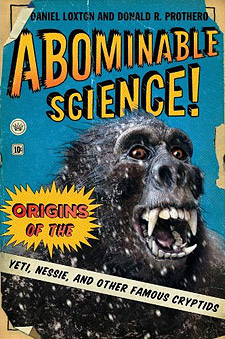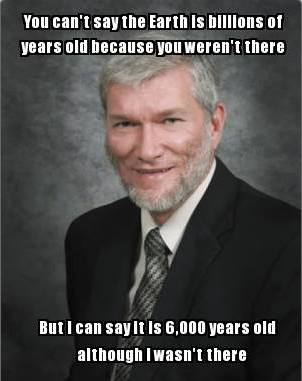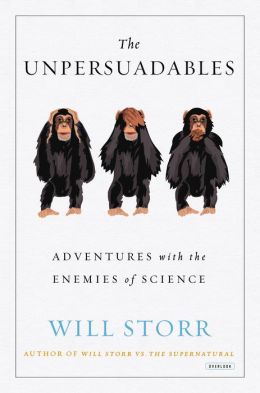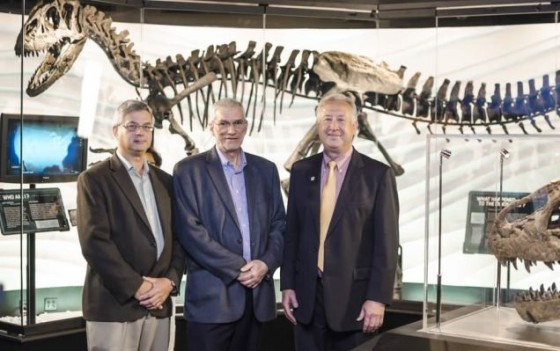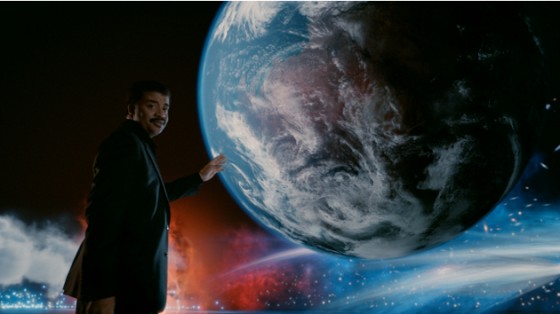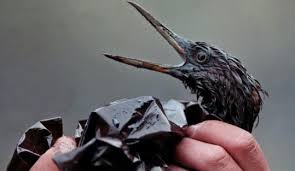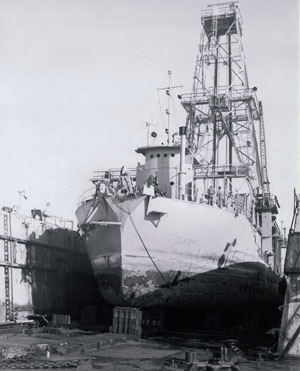
The “CUSS-1″ ship, the first ocean drilling vessel, and the prototype for the Glomar Challenger
Every great improvement has come after repeated failures. Virtually nothing comes out right the first time. Failures, repeated failures, are finger posts on the road to achievement. One fails forward toward success.
—Charles Kettering
Honorable errors do not count as failures in science, but as seeds for progress in the quintessential activity of correction.
—Stephen Jay Gould
Most people hear only about the successful experiments in science. What is usually not reported is the fact that for every scientific success, there may be numerous failures and false leads and blind alleys. Most people would find this discouraging, but scientists learn early in their careers that one has to expect a number of failed experiments that can lead us to better ideas. As philosophers of science pointed out long ago, science is about testing and falsifying hypotheses. No number of positive or consistent observations can ever prove a statement true (e.g., “all swans are white”) but a single contradictory observation (e.g., the Australian black swan) can easily prove the statement false. Likewise, every failed experiment points the scientist toward a new direction or a new hypothesis or new experiment, which may eventually prove fruitful. Science is a process of trial and error, and scientists need patience, persistence and determination to reach good results after many letdowns.
Nearly every field in science can point to examples of this. Even after 35 years of doing magnetic stratigraphy, not every locality where I have done paleomagnetic sampling produced good results. The data from those unsuccessful studies are sitting in my file cabinets and the hard drive of the lab computer, but I won’t bother working on them further or try to report them in a publication. Occasionally, I’ll mention in print that a particular area (like the Chadron Formation in the Big Badlands, or the Titus Canyon Formation near Death Valley) produced no good paleomagnetic results, but further discussion is usually not worth writing up.
Likewise, looking for vertebrate fossils is usually a frustrating and unsuccessful exercise. Most paleontologists must spend days or weeks in a field to find anything, and sometimes several field seasons can go by with no worthwhile results. My graduate advisor Malcolm McKenna spent several years collecting his dissertation area at Four Mile Creek in northwestern Colorado before finding good specimens. Louis and Mary Leakey spent decades collecting in Olduvai Gorge, Tanzania, and found plenty of Pliocene-Pleistocene pigs and antelopes and elephants, but not a signal human fossil until their remarkable find of “Zinjanthropus” (now Paranthropus) boisei in 1959. But if paleontologists were not so determined and dedicated, there would be few fossils in museums for us to study.
(continue reading…)

